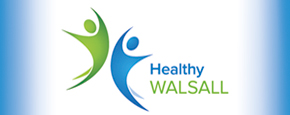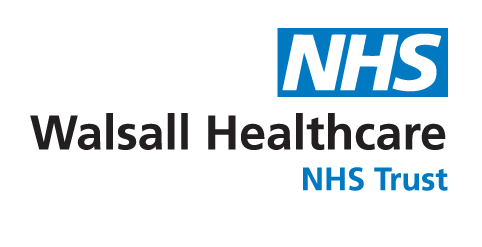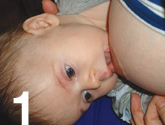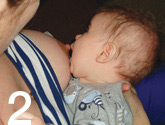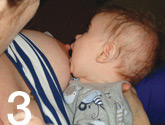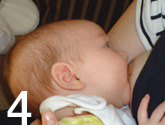Breastfeeding is the healthiest way for a mum to feed her baby with many health benefits for both mother and child. Breastfeeding isn’t just about food - baby’s immediate needs are to feel safe and secure, and to be able to feed whenever hungry. We encourage responsive feeding, which means recognising your baby’s cues to feed, whenever and for as long as baby needs. Frequent feeding is normal. Exclusive breastfeeding is all your baby needs for the best start in life, babies need no food or drink other than breast milk for the first six months.
If your baby is formula fed, you will be shown how to do so while holding baby close with skin-to-skin contact.
To reduce the risk of infection, make up each formula feed as your baby needs it, using boiled water at a temperature of 70°C or above. This link will show you a step by step guide on how to do this - Start for life guide to bottle feeding
Babies ask for feeds by:
-
Moving their eyes.
-
Wriggling, waving.
-
Rooting.
Sucking fists, blanket etc.
Making murmuring noises.
Crying is a last resort, so try and feed your baby when they show the early cues above. They will feed better then.
